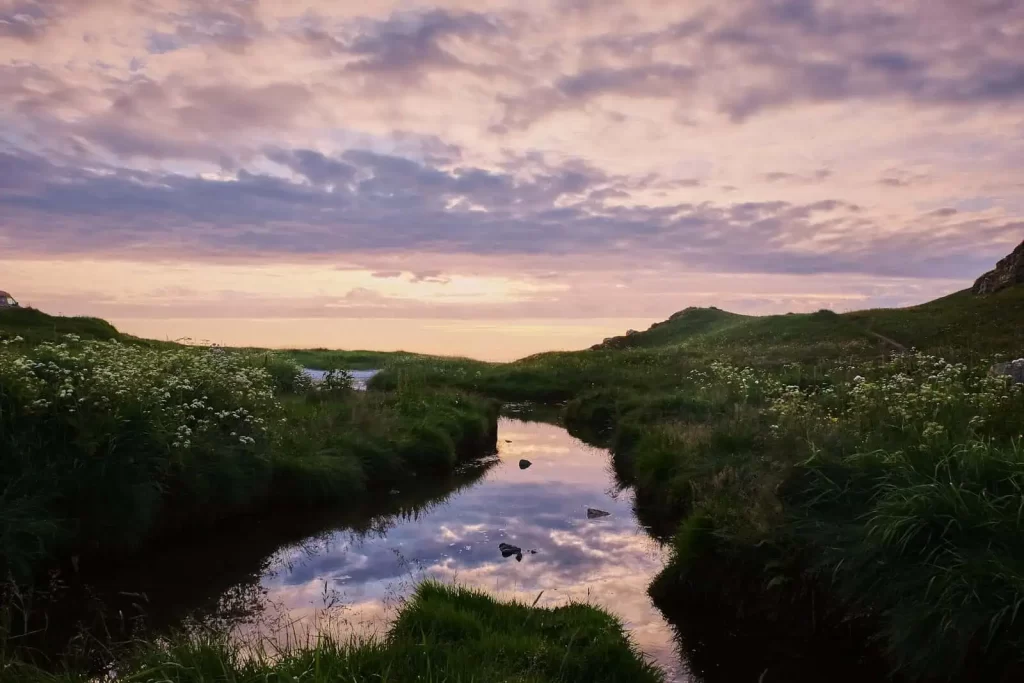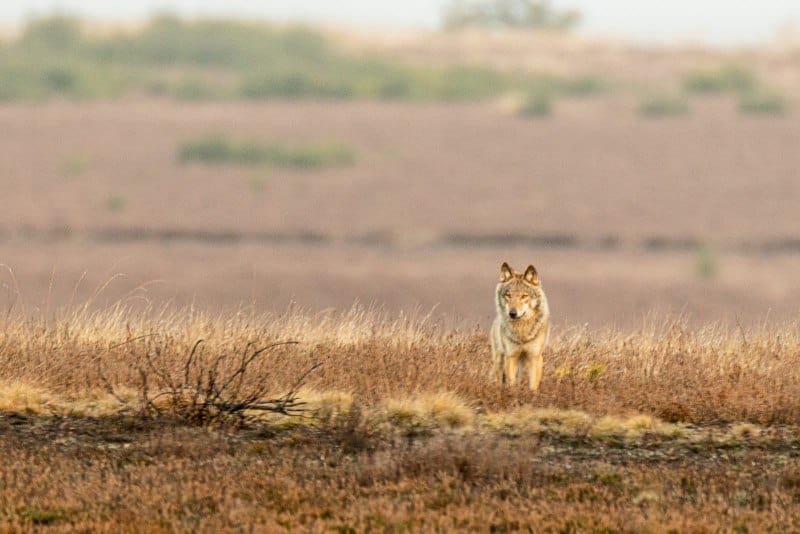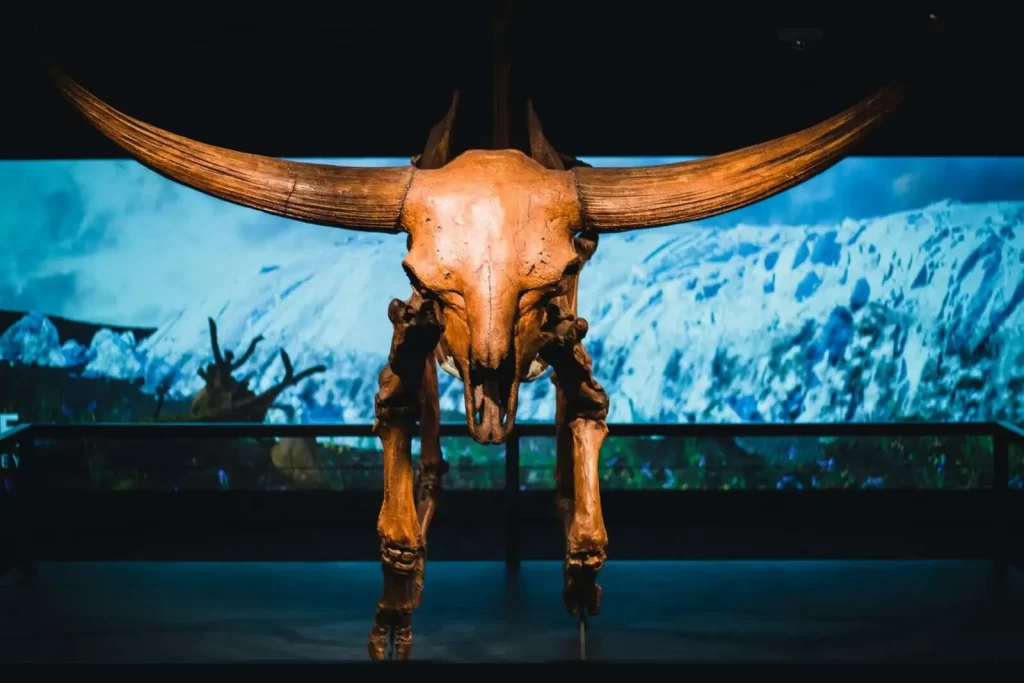Share:
Wolf pups in the South Veluwe of the Netherlands: the fourth Dutch wolf pack
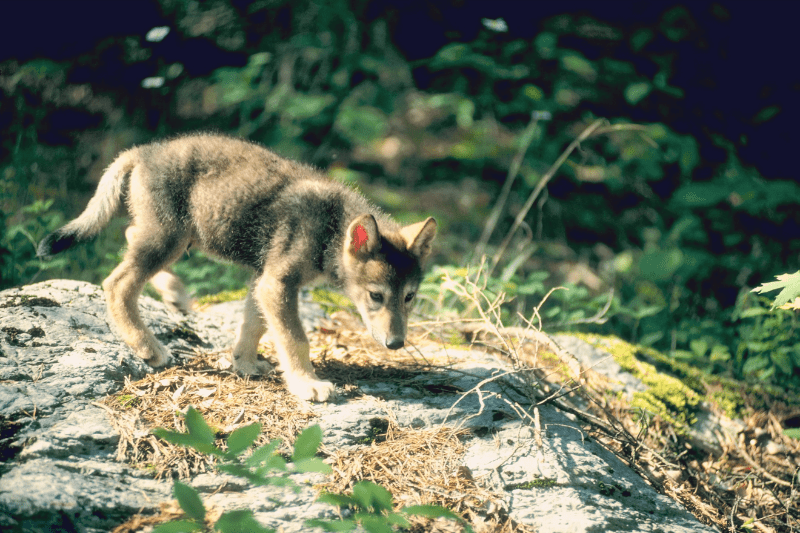
The South Veluwe is yet another place in the Netherlands, where wolf pups have not been spotted until recently. This suggests the presence of a fourth wolf pack in the Netherlands.
Last week the NOS published the news of a third official wolf pack identified in the regions of Southeast Friesland and Southwest Drenthe. In recent months, wildlife cameras in the areas captured a male wolf and a female wolf together several times.
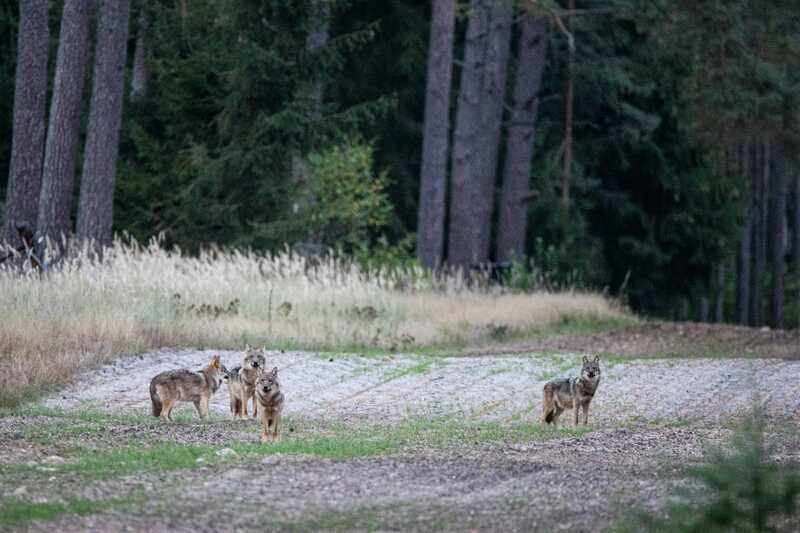
Parents of the wolf pups in the southern Veluwe are not yet identified as there is no formal monitoring in place. But most likely they are offspring of wolves seen in the southeast Veluve region.
Zoologist Dick Klees commented for the NOS that all observations of wolves in the Netherlands go through the Wolves Reporting Centre. The images of wolf pups did not surprise him as the wolf population in the Netherlands finds its habitats. “I did expect there would be pups, because the wolf pair in Drenthe-Friesland has been there for a while. But it doesn’t always happen. We’ve also had wolves on the Veluwe where nothing happened” said Klees for the NOS.
Don’t get close to the wolf pups
With the protected status of wolves, the authorities ask people to stay away from the pups in case of an encounter. For the wolf pups’ safety, it is important that people give the adult wolves a space to find it safe to return to their pups. Abandoned wolf pups may be exposed to potential predators such as foxes.
Moreover, startled wolves may also flee to potentially dangerous areas such as the nearby road. This is also one of the reasons why the Wolves Reporting Centre and Bij12, an organization that supports provinces in implementing nature policy, do not want to share the exact location of the wolf family.
Wolves are a protected species: disturbing, capturing, or killing wolves is prohibited.
The wolf pups identified in the Southeast Friesland and Southwest Drenthe are now about three months old according to NOS. This makes them highly vulnerable as at this age they are completely dependent on their parents securing food.
Klees said for the article in NOS that “The wolf parents mainly hunt deer, hares and rabbits.” Not until they are one year old do the pups start hunting themselves.
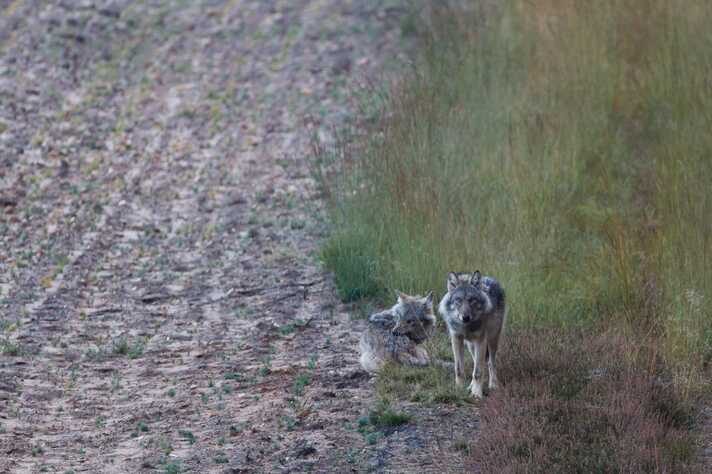
Sheep and mouflons – not the wolves’ favorite target; packs prefer natural prey
Sheep farmers in Drenthe and Mouflon herders in the Hoge Veluwe National park are concerned about the arrival of wolves claiming their flocks are regularly attacked.
Yet Klees thinks wolf packs do not primarily target sheep and mouflons. “With a pack, it works differently than with wolves that roam alone. Lone wolves can go for easy prey such as sheep. But once a wolf pack settles in an area, the killing of sheep goes away completely and they focus on natural prey” said Klees for the NOS.
Wandering wolves are not tolerated in the territory of the wolf pack with pups. The wolf pack would try and eradicate any lone wolf. At the same time, wandering wolves avoid the territory of the wolf packs as they are very timid and conscious of the danger of being chased off marked territories.
Photos and videos by Marc Wilbers
Sources: 1) Marc Wilbers 2) NOS
Learn more about wolves and how they change river ecosystems.
Quick wolf pup facts
What is a wolf pack?
Wolf pack is a family group of wolves comprised of the female, the male parent and four to six wolf pups.
What do wolf pups eat?
As wolves are mammals, for the first three weeks after birth, wolf pups feed on milk. In the third week, they start eating meat brought to them by the adult wolves. The pups lick around the adult’s wolf mouth to request feeding. The adult then regurgitates the meat from its stomach.

